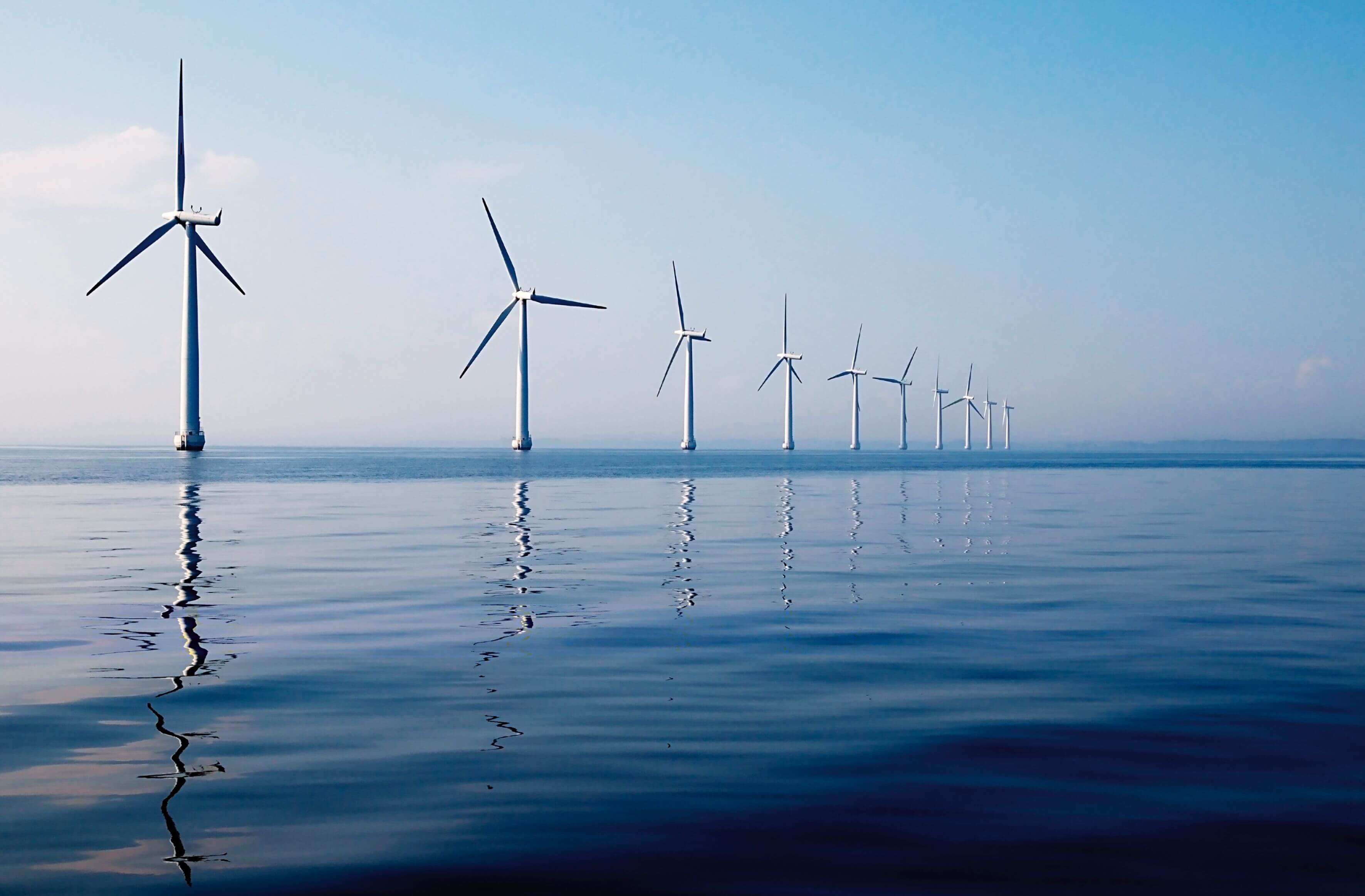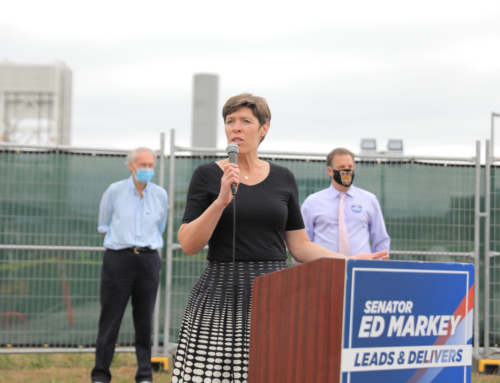
(BOSTON) – The Massachusetts Legislature took another important step this session towards meeting its 2030 and 2050 carbon emission reduction goals by enacting a law promoting clean energy in the Commonwealth. An Act to advance clean energy was signed into law on August 9, 2018. The new law builds on last session’s work to diversify the Commonwealth’s energy generation sources with large-scale hydropower, offshore wind, and energy storage.
“Clean energy generation or ‘greening the grid’ is important to build a clean energy future for Massachusetts,” said Representative Joan Meschino (D-Hull). “Developing renewable energy technology in Massachusetts is healthier and safer, and will lead to new jobs and other economic opportunity, creating a prosperous and sustainable future for the Commonwealth.”
The new law accomplishes four important goals. First, the new law requires electricity utilities to purchase more electricity from renewable energy sources overtime. The Massachusetts’ Renewable Portfolio Standard (RPS) will increase our renewable energy sources by 2% annually until 2030, at which point 45% of our electricity should be generated by renewable energy sources. Analysis from a 2017 report shows that a 2% increase in Massachusetts, coupled with Connecticut’s 2018 RPS increase is likely to result in over 20,000 in-region jobs and nearly 2,000 megawatts of additional Class I renewable energy by 2030. Additionally, the legislation doubles the state’s authorization to build offshore wind.
Second, the new law prohibits electric utilities from assessing a Minimum Monthly Reliability Contributions (MMRC) on solar, otherwise known as a demand charge, unless it is based on system peak use demand. The electric utility company must keep customers thoroughly informed about how charges or fees are calculated and must educate consumers how personal use can be managed to reduce charges or fees.
Third, to increase our grid’s resilience, the law increases energy storage to 1000 megawatt hours. Electric utility companies must provide the Department of Public Utilities (DPU) with a yearly resilience report that includes a heat map of the electric distribution system, highlighting areas that are most likely to need infrastructure upgrades, and would benefit most from energy storage. The law authorizes a competitive procurement for resiliency non-wire alternatives. Gas utility companies must also report “lost and unaccounted for gas” to DPU annually.
Finally, An Act to advance clean energy combines both renewable energy and storage, creating a first-in-the-nation program to use storage to deliver clean power into the hours of the day when energy demand is highest, and electricity is most expensive and least renewable.
